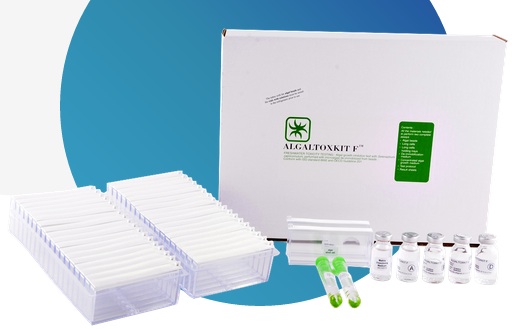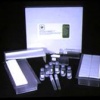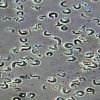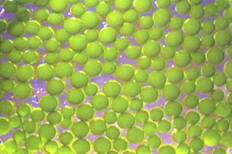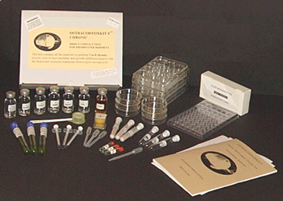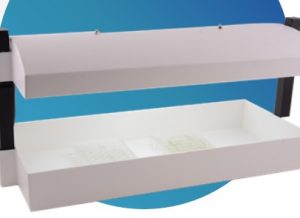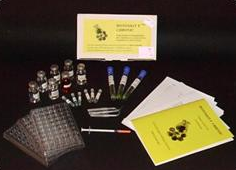Algaltoxkit F
Algaltoxkit F Selenastrum
The freshwater algae toxicity test is intended for toxicity screening of chemicals, effluents, surface waters, wastewaters, groundwaters, sediment pore waters and elutriates.
Algaltoxkit F contains all the materials you need to perform two 72h growth inhibition tests with the freshwater microalgae Pseudokirchneriella subcapitata (former names: Selenastrum capricornutum and Raphidocelis subcapitata). This cost-effective and culture-independent Algal toxicity test strictly adheres to ISO Standard 8692 and OECD Guideline 201.
Test criterion
The freshwater algae toxicity test is a 72h bioassay based on growth inhibition of the freshwater microalgae Pseudokirchneriella subcapitata, with calculation of the 72h EC50. Learn more about the freshwater algae toxicity test procedure
Contents of the Algaltoxkit F
Each ALGALTOXKIT F contains all the materials necessary to perform two growth inhibition tests with the freshwater microalgae Selenastrum capricornutum. Easy to follow instructions and detailed illustrations are provided in the kits for the conduct of range-finding and definitive tests. The test organisms are included in the kits in algal beads from which the microalgae can easily be set free on demand, in less than 30 min, to supply the live biota for the conduct of the assays.
- Tubes with algal beads which you can de-immobilise on demand in less than 30 min to supply the live biota for the freshwater algae toxicity test.
- Concentrated algal growth and toxicant dilution medium, long cell cuvettes and holding trays.
- Short Bench Protocol and standard operating procedure brochure with easy-to-follow instructions and detailed illustrations.
- OD/N regression sheet, data scoring sheets and a Quality Control specification sheet with batch number of the algal beads and the media.
All test materials and equipment included in the Algaltoxkit F are available separately.
Reproducibility
- We produce high-quality algal beads in strictly controlled conditions. This way, we preclude variability associated with recruitment/maintenance of live stocks of microalgae in exponential growth phase in conventional bioassays.
- The quality of the test medium is highly uniform, thanks to simple dilution of concentrated solutions of selected chemicals with deionised water.
- A Quality Control test with a reference chemical is described in detail, so you can easily check accuracy and reproducibility.
Cost-Effectiveness
- The Algaltoxkit F uses unique disposable “long cell” exposure chambers (10 cm path length), which serve as measuring cuvettes for direct determination of algal growth by optical density measurements.
- If you store the ephippia properly, you can prolong their shelf life for several months and reduce test scheduling constraints.
- The freshwater algae toxicity test requires minimal space and equipment:
-
- tabletop centrifuge
- spectrophotometer
- incubator with lateral lights
- conventional laboratory glassware
- If you store the algal beads properly, you can prolong their shelf life for several months and reduce test scheduling constraints.
User-Friendliness
Bioassays can be started within 30 min. from the “de-immobilization” of the microalgae from the beads. Simple handlings and scorings. Daily scoring of the optical density of the microalgae in the long cells takes less than 15 min. A floppy disc for easy Toxkit data treatment can be obtained on demand.
Sensitivity
The sensitivity of the Algaltoxkit F toxicity test is comparable to the sensitivity of the conventional algal growth inhibition test with microalgae from laboratory cultures.
Validation
- The freshwater Algaltoxkit F is used in many environmental laboratories and research institutes worldwide and is validated by extensive international interlaboratory comparisons.
- You can find a substantial number of publications, posters, reports and reviews for various uses.
- Our freshwater algae toxicity test complies with the protocols ISO Standard 8692 and OECD Guideline 201, for regulatory testing with microalgae.

